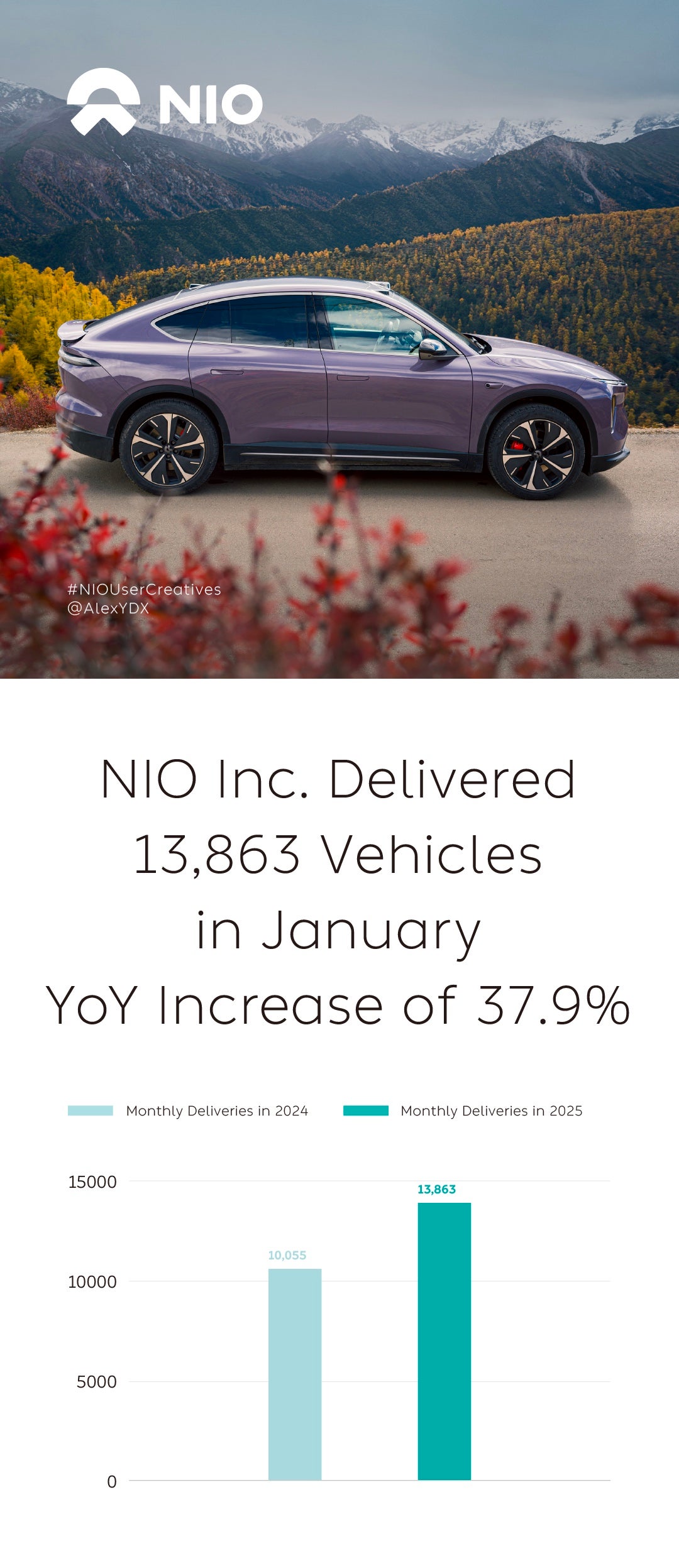Comparing Portfolio Withdrawal Strategies in Retirement
There are hundreds of methods for how to spend from a retirement portfolio. Let's go over a few of them to see what might work best for you. The post Comparing Portfolio Withdrawal Strategies in Retirement appeared first on The White Coat Investor - Investing & Personal Finance for Doctors.

 By Dr. Jim Dahle, WCI Founder
By Dr. Jim Dahle, WCI FounderAs promised in A Framework for Thinking About Retirement Income, we're going into the weeds again for all of you retirees, near-retirees, and neurotically obsessed folks who are NOT OK with “start at something around 4% and adjust as you go” as a retirement spending strategy. If you haven't read the linked post above, I would suggest you start there first so you have a proper framework on which to place the information in this post.
Spending Your Money in Retirement
There are 300ish published methods to spend from a portfolio in retirement. Every financial advisor, author, and investor has their favorite. Nobody knows which one will be best in the future, despite the tenacity with which they argue for their favored method. Luckily, this doesn't matter for a lot of people—maybe even most WCIers.
The starting place for this discussion will be the 4% guideline popularized by Bengen and the Trinity Study authors. As a reminder, due to this data:
. . . most informed people now recognize that you can't spend 8%-10% of your initial retirement portfolio value each year, adjusted upward with inflation, and expect it to last 30 years. That's due to the Sequence Of Returns Risk (SORR). That was the point of the Trinity study from which this table is taken. It's important to realize that the point of the Trinity Study WAS NOT to tell you how to withdraw from your portfolio. Everybody I know agrees that one of the dumbest ways to spend from your portfolio is to mechanically take 4% of the initial portfolio value, adjust it to inflation, and spend that amount and only that amount each year. It is FAR BETTER to adjust as you go along using some sort of a variable withdrawal method.
Some people feel very comfortable doing this on their own by just eyeballing it. For those who do not, they like “rules” that tell them how to make that adjustment. However you do it, making these adjustments will likely allow you to spend more and lower your risk of running out of money compared to the 4% guideline. Let's talk about some of the most well-known categories of these methods, and then all of you weed-lovers can tell us in the comments section why your favorite method is even better.
More information here:
Some Sobering (and Scary) Statistics on People’s Retirement Preparedness
The Constant Percentage Method
With the 4% rule/guideline, you use the initial portfolio value but you also add an inflation adjustment to it each year. So, you're spending more and more money each year. With the constant percentage method (sometimes called the fixed percentage rule), you don't do either of those things. You simply look at the current portfolio value and multiply it by the same percentage each year. Naturally, that percentage will be higher than 4%, probably something more like 8%. You don't adjust it for inflation. It's just 8% (or whatever) of what the portfolio is that year.
The main advantage of this method is that it allows you to spend a lot more early on, which is particularly nice during the go-go years of early retirement when expensive travel is a priority for many. Another advantage is that you will never technically run out of money. The big disadvantage? This method is highly susceptible to SORR. Even if you are lucky enough to avoid SORR, there is no guarantee your spending amounts will be level on a nominal basis, much less an inflation-adjusted basis. You might be spending $100,000 now, and in 25 years, you can only spend $20,000. That huge downside keeps most people from using this method, despite its advantages and simplicity.
The RMD Method
Another simple but probably more effective method is the Required Minimum Distribution (RMD) method. The IRS publishes a table that tells you how much you have to take out of your traditional IRA each year. The percentage starts at around 4% at age 75 and climbs from there. Here is the main RMD table from IRS Pub 590A.
To use this to calculate your IRA RMD, you simply divide your IRA value at the end of the prior year by the number next to your age. If you're 75 and have $1 million, your RMD is $1,000,000/24.6 = $40,650, or about 4%. At age 95, your RMD on a $1 million IRA is $1,000,000/8.9 = $112,359, or just over 11%. To use the RMD method as a spending strategy, you just treat the whole portfolio as though it is an RMD and divide it by the appropriate figure each year to figure out how much you can spend.
The big advantages of this method are that it is very simple and it is actuarially reasonable (i.e. there's no reason a 95-year-old needs to limit their spending to 4%). You'll also never run out of money. It shares a similar downside to the constant percentage method above in that it is possible to have your spending fall significantly over time, especially on an inflation-adjusted basis. However, that is much less likely given that your spending will probably start at something less than 4%, not something like 8%.
The RMD method is also a little more confusing for those who retire before age 72, i.e. most people. Since RMDs don't start until age 72 (actually 75 for most of us under current law), how much do you take out if you retire at 62 or even 42? Well, some young people have RMDs on their inherited IRAs. The table is not exactly the same as it is for your own IRA. You have to take money out a little faster. You have to divide the portfolio by your life expectancy on this chart.
If you're 75 with an inherited IRA, your divisor is 14.8, not 24.6, so you'd have to withdraw 6.8% rather than 4%. Frankly, this is probably a better chart to use, no matter your age. If you FIRE at 52 and want to use the RMD method, your divisor is 35.3 and you can spend 2.83% of last year's portfolio value. That's pretty conservative, and it will almost surely get you through just fine. Thus, some have advocated making an adjustment to RMDs, such as multiplying the figure by 1.5. Note that when you get into your 90s, you'll be spending more than 20% of your portfolio each year, so it's easy to come up with some rather extreme situations where this method might not work so well if you follow it blindly. It can be a particularly bad method for those who place a high priority on leaving money behind as a legacy. If you live a long time, you'll likely spend most of your money.
Dollar Floor and Ceiling Rules
Seeing the issues with the simple rules above, people have tried to come up with better adjusting methods to minimize the downsides of the above rules. One of these methods is to put a floor and a ceiling on your spending, so you can never take out more than a certain dollar amount or percentage and never have to take out less than a certain dollar amount or percentage. You basically start with a constant percentage method, and then put a limitation on it—perhaps an increase of 5% and a decrease of 2.5%. This keeps you from spending too much in the good times and, thus, having to reduce your spending by too much in the bad times. It provides a pretty good compromise to allow you to spend more early on while keeping a fairly steady range. While you don't ever technically run out of money (because you're starting with a constant percentage), your spending could dramatically decrease over time. It's just less likely to do so than with the constant percentage method. There's also no guarantee your spending will keep up with inflation since inflation could be above 5% for a long period.
More information here:
How Much Money Physicians Actually Need to Retire
I’m Retiring in My Mid-40s; Here’s How I’ll Start Drawing Down My Accounts
Ratcheting Rules
I'm a big fan of ratcheting rules. The idea behind them is simply that if SORR doesn't show up, you can spend more of your portfolio than 4%ish and be just fine. After a few years of no SORR, you ratchet up the spending from whatever you started. One example of a ratcheting rule is to start out with the 4% rule and then increase spending by 10% any time the portfolio is at least 50% larger than the initial portfolio value. But there can be lots of variations. Wade Pfau calls these rules a “nice alternative to inflation adjustments.”
There's no reason you can't add a ratcheting rule to a portfolio withdrawal method that is already getting inflation adjustments. The big upside of this rule is that it allows you to spend more than the 4% rule most of the time but never less. The big downside? You could start out so conservatively that you may have ended up limiting your spending a lot more than you had to during those early years.
Spending Guardrails
Another popular method among the well-read is to use some sort of a spending guardrails rule, an approach popularized by Guyton and Klinger. These are a little more complicated to implement but allow for a higher initial withdrawal amount than you'd see with the 4% rule. In their case, you start with something more like 5.2%-5.6%. Then, you adjust upward for inflation each year, unless the market dropped the prior year. If it drops, then you don't increase withdrawals. If the market really cratered, you take out an amount no more than 120% of the initial percentage withdrawn from the portfolio. If the market is doing particularly well, you implement another rule. If the dollar amount to be withdrawn is over 20% less than the initial percentage withdrawal percentage (i.e. less than 5.2% – 20% * 5.2% = 4.16%), you boost the withdrawal by 10% and withdraw 4.68% instead.
Complicated? Sure. But when people ask what I mean when I say “start at 4%ish and adjust as you go,” those are the sorts of adjustments you need to make—both up and down—if you want to increase the amount you spend when possible and reduce the likelihood of running out of money.
Amortization Based Withdrawals
Want even more complexity? Lots of smart, detail-oriented people (I'm trying to stop using “engineer” as a derogative term) prefer methods broadly called “amortization based withdrawals.” The idea is to amortize your withdrawals like you would a mortgage. You pick a length of time, such as 35 years, and a discount rate, such as 5%, and run an amortization schedule to decide how much to withdraw that year. The discount rate is supposed to be the expected return of the portfolio, preferably the real expected return of the portfolio. The devil, of course, is in the details, but it's a cool method—especially if you make a new schedule each year which provides an important adjustability feature that allows you to spend more if SORR doesn't show up and to dial back if it does. The downside is the complexity and the difficulty of getting the return more or less right. The upside is the adjustability.
More information here:
Why Amortization Based Withdrawal (ABW) Works Better Than Safe Withdrawal Rates (SWR)
One Retirement Withdrawal Strategy Shines If Maximizing Quality of Life While Living Is Your Goal
Comparing Rules
Obviously it's impossible to know which method is going to be best going forward, but you can backtest various rules against each other and compare them that way. You won't be surprised to learn that Wade Pfau has done this in one of his books. Here's a chart from the book that he used in our discussion at the Bogleheads Conference:
There is lots of data there and any calculation is garbage in-garbage out, but it's interesting to see how some various rules of each type with some reasonable assumptions compared to each other. Looking at the range of real spending at age 95, it's easy to see why the variable rules are favored by those in the know—it has lots of upside spending and not much downside decrease in spending compared to the 4% rule.
Recommendations
Many of you don't need to worry about any of this. I talked to a friend recently who spends $180,000 a year from a $10 million portfolio. He's leaving tons of money behind no matter what he does, and he's perfectly fine with that.
If you do need to worry about this, you need to decide whether you're comfortable eyeballing it or whether you want a rule to follow. If you want a rule, the best ones probably fall into the categories of ratcheting rules, guidelines rules, and amortization based withdrawal rules. The key is that you should do something to adjust as you go, both up and down.
What do you think? What's your favored retirement portfolio withdrawal method and why? Will you be an eyeballer or a rule follower?
[EDITOR'S NOTE: Here at The White Coat Investor, we know our readers love having real-life examples of portfolios and how people accumulate their money and then eventually spend it. That's why we want to hear from those who have already retired and who are living their lives in a post-work world, so those of us who are still working can be inspired and learn how to get where you are right now. Please fill out this form and inspire us with your wisdom. Don't worry, we'll keep your identity a secret. We plan to take your answers and create even more content for those who want to learn about how to spend in retirement. Help us help others!]
The post Comparing Portfolio Withdrawal Strategies in Retirement appeared first on The White Coat Investor - Investing & Personal Finance for Doctors.






















.jpg?width=1920&height=1920&fit=bounds&quality=80&format=jpg&auto=webp#)




















![Gay Catholic United Flight Attendant Axed After ‘Sex Is Unchangeable’ Remark—Raises Enough Money To Sue [Roundup]](https://viewfromthewing.com/wp-content/uploads/2025/02/DALL·E-2025-02-03-08.46.00-A-high-contrast-digital-montage-combining-aviation-Catholic-symbolism-and-legal-imagery___-Central-figure_-A-stern-looking-male-flight-attendant-in.webp?#)




































